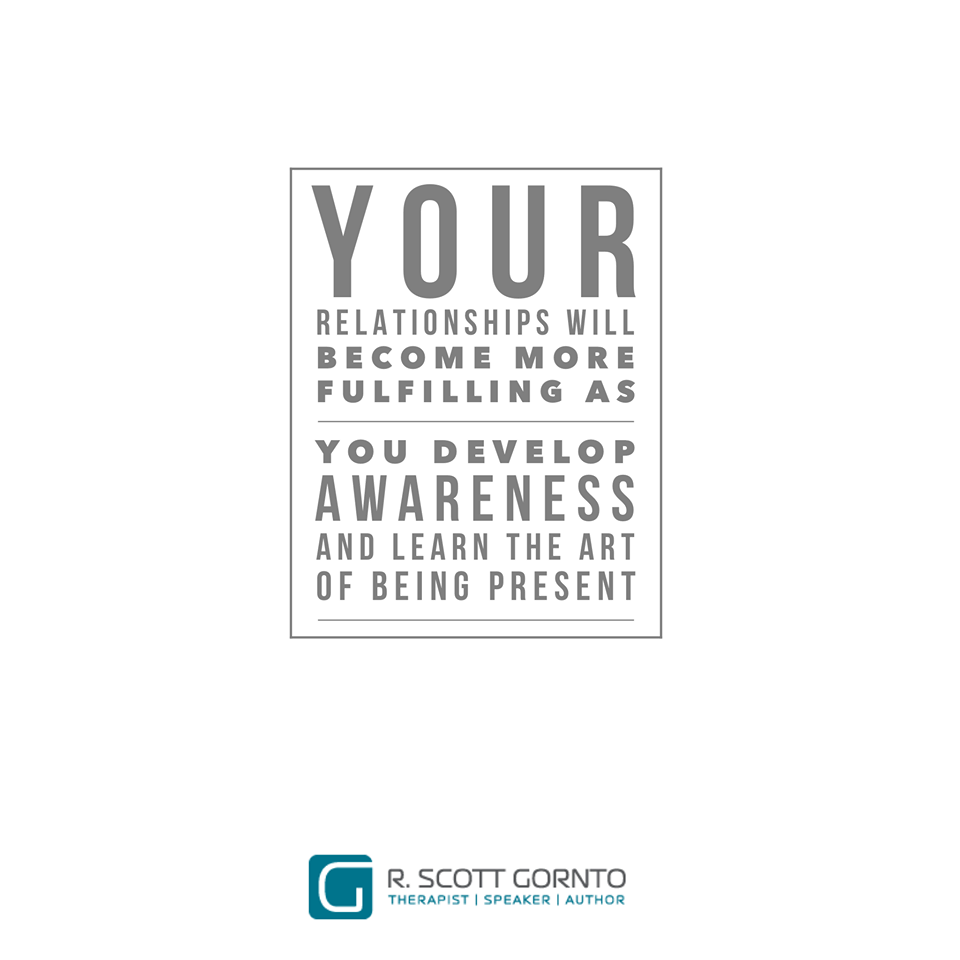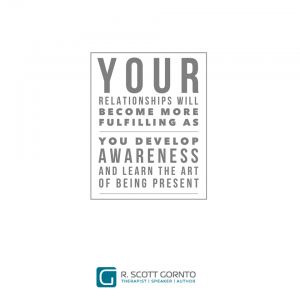
Learning to be present in your relationships allows you to become a person of presence.
In other words, we need to train our minds and emotions to have a form of muscle memory where we don’t even need to consciously remind ourselves to live in the moment. Rather, because we’ve practiced being present for so long, it becomes a natural part of how we relate to others.
Why should this be important to you?
Your relationships will become more fulfilling as you develop awareness and learn the art of being present.
 So how can you tell if you’re becoming a person of presence?
So how can you tell if you’re becoming a person of presence?
In The Stories We Tell Ourselves, I spend an entire chapter discussing six characteristics of presence:
- Self-confidence
- Boundaries
- Openness
- Vulnerability
- Humility
- Self-awareness.
These are easy words to write and say, but they’re much more difficult to live out on a daily basis.
Right now, let’s discuss two of those characteristics: self-confidence and boundaries.
A person of presence is confident in who they are and what they feel, and isn’t afraid to speak up for their needs and wants—even if they may receive a negative reaction. A self-confident person of presence understands that their value is not based on what others think about them, which frees them to live more confidently in who they were created to be. In many ways, it’s a virtuous circle where confidence breeds confidence.
A person of presence has also established boundaries for his or her life. Many thousands of words have been written about boundary-setting (see Pia Mellody’s Facing Codependency, for instance), but that’s for a reason. Setting proper boundaries is integral to maintaining healthy relationships.
Through both external and internal boundaries, a person of presence can react to a situation with self-confidence, even if confrontation ensues. Good boundaries allow two people to speak the truth to each other without feelings getting so hurt that the conflicted relationship becomes irreparable.
This is only the tip of the iceberg when it comes to boundaries, and I encourage you to read more about that subject and the rest of the six characteristics of a person of presence in Chapter 15 of The Stories We Tell Ourselves.
Of the six characteristics of a person of presence, which do you wrestle with the most?
Leave a Reply